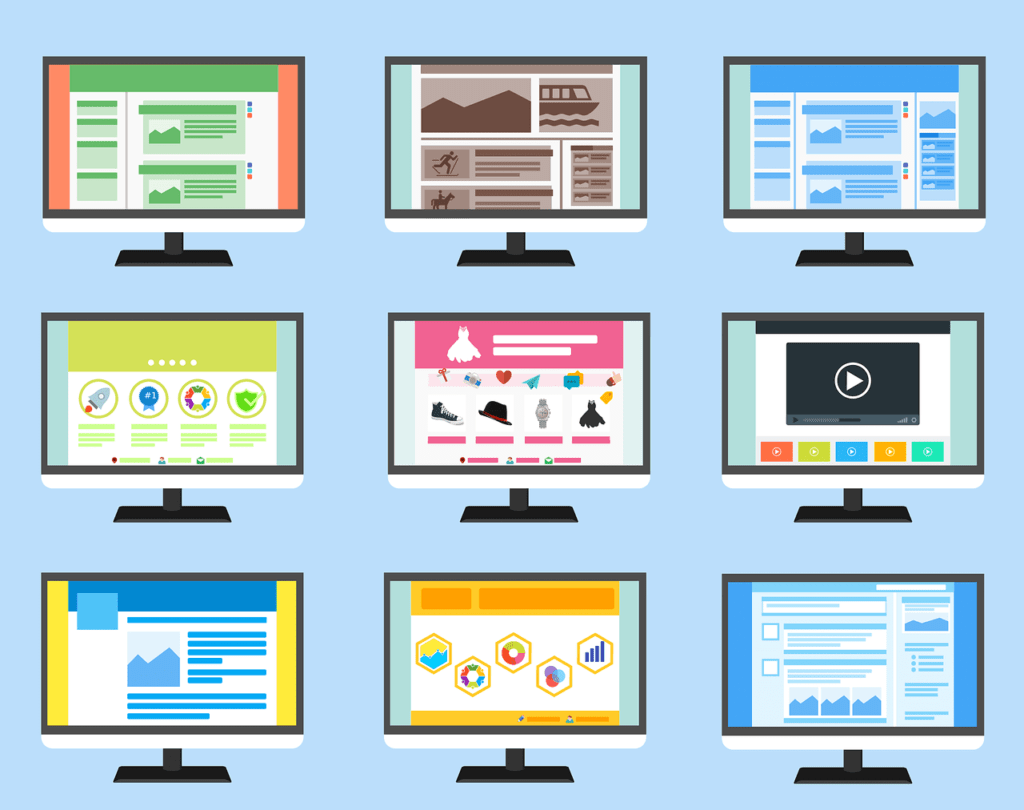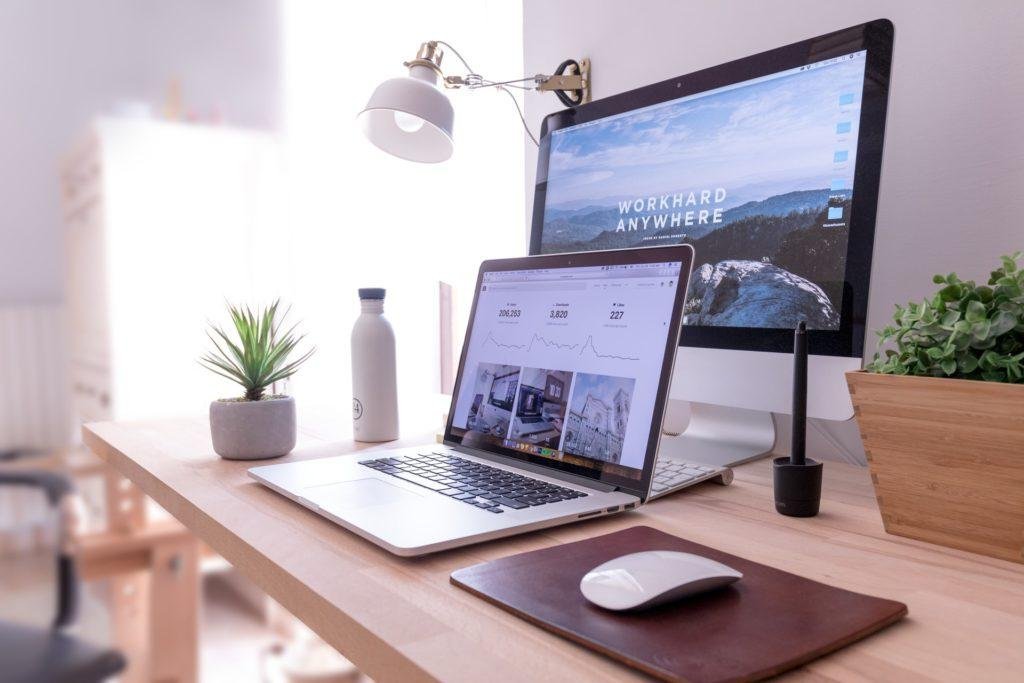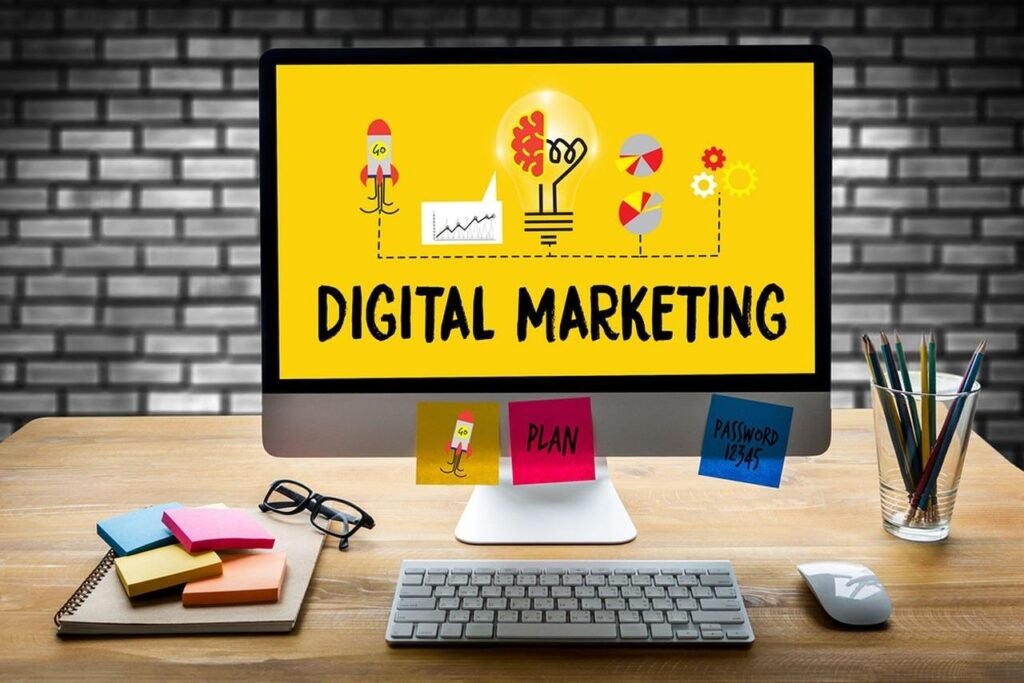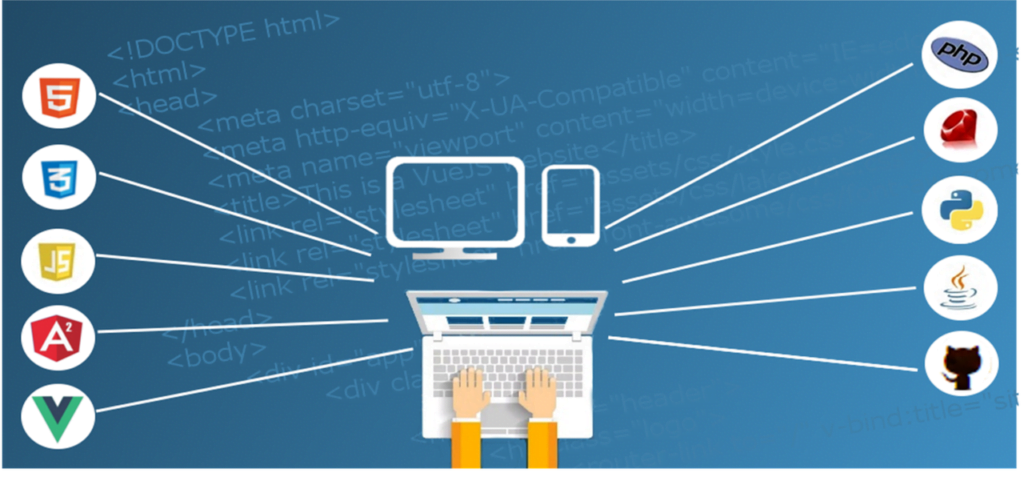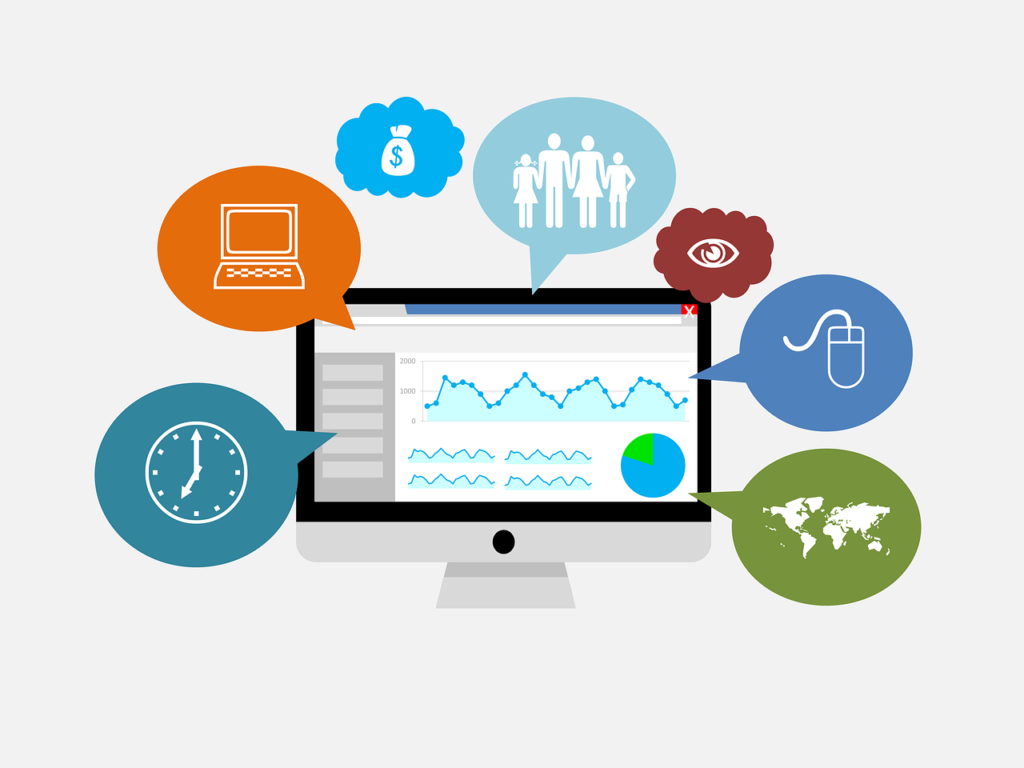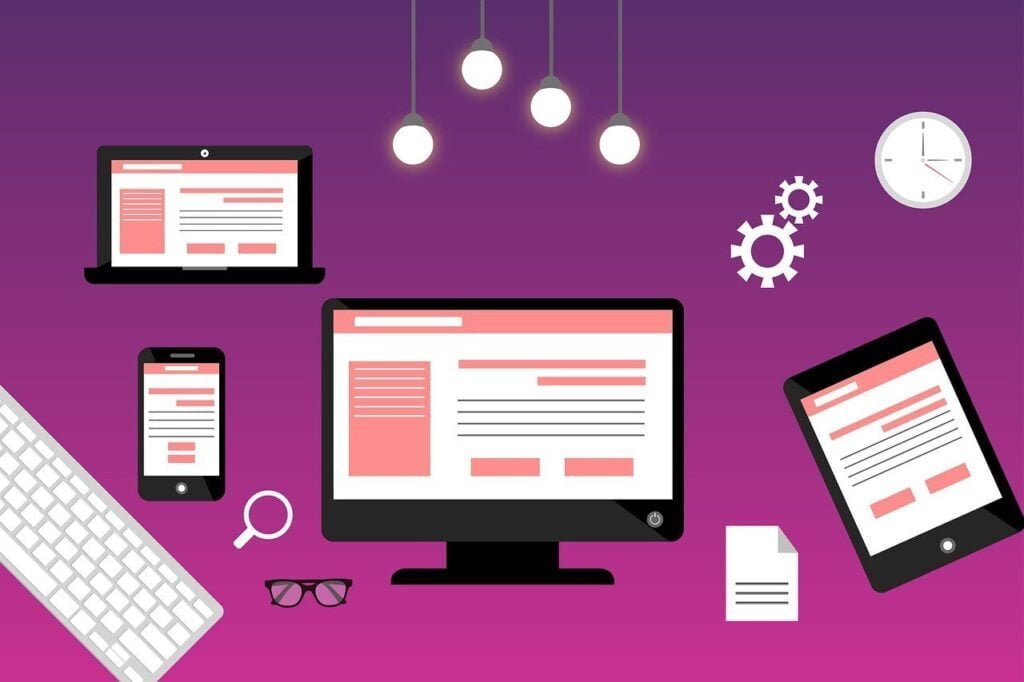Web Design Trends 2020: A Year of User-Centric Evolution
As we journeyed through 2020, the digital realm witnessed a paradigm shift in design sensibilities. Websites transformed not just in appearance but in function and feel, aligning with a rapidly evolving digital user base. Let’s delve deep into the most compelling web design trends of 2020 and uncover the elements that made them stand out.
1. Dark Mode Design
Get rock-solid web hosting with Hostinger! Enjoy 70% off, blazing speeds, and the reliability you need. Use our referral link to get your deal!
With user experience as a principal consideration, the advent of dark mode design marked a significant shift in the digital interface landscape. Its burgeoning popularity is attributed not only to its sleek and modern aesthetic, which appeals to a broad user base, but also to its potential health benefits. The darker color palette reduces the emission of bright light from screens, thereby mitigating eye strain and fatigue, especially in low-light environments. This consideration is paramount for users who spend extended periods on their devices.
Major social media platforms such as Instagram and WhatsApp have been at the forefront of this trend, integrating dark mode into their user interfaces. By doing so, they have acknowledged the preferences and comfort of their users, promoting longer and more enjoyable engagement with their services. The adoption by these popular platforms has set a precedent, encouraging other service providers to incorporate dark mode options into their design standards. Consequently, dark mode is no longer a mere feature but has evolved into a design best practice for enhancing user experience across various digital products and services.
Why it’s essential: Enhances visual elements, reduces eye strain, and can potentially increase battery life on OLED screens.
2. 3D Elements & Immersive Experiences
In 2020, the online world changed a lot because more websites and apps started using 3D pictures and designs. These realistic images made everything look more lifelike and helped people feel like they were actually part of the scenes they saw on their screens. This change made it more fun and interesting for people to use different websites and apps.
Businesses and creators saw a chance to stand out by using these exciting 3D effects instead of simple flat images. This made their websites or ads grab people’s attention more and offered new ways for everyone to use virtual reality (VR) or augmented reality (AR). VR and AR let people try things out, like playing a game or seeing how something they want to buy looks, in a way that feels real.
Designers who make websites and graphics quickly learned how to use 3D tools, mixing them into their sites to tell stories and guide visitors on their digital adventures. This trend was more than just a brief craze; it really changed what people expect from their online experiences. The year 2020 marked the start of this big transformation, as 3D designs became a key part of how we enjoy and interact with the digital world.
Why it’s important: The use of 3D makes websites more engaging, with people spending more time on them because it feels like they can almost touch what they’re seeing.
3. Asymmetrical Layouts
In the world of web design, there was a big change when designers started using asymmetrical layouts instead of the usual grid patterns that had been around for a long time. These new layouts didn’t follow the typical balanced designs, which made websites more creative and stand out. The change wasn’t just about looking different; it was about making websites more interesting and surprising for users with designs that felt alive and full of energy.
Websites are ditching dull designs for bold, asymmetrical looks that catch the eye. Even on various devices, they maintain user-friendly navigation. This design trend not only sparks creativity in the digital realm, giving designers a chance to showcase their talent, but it also offers website visitors a refreshing experience, steering away from the predictable grid layouts.
Why it’s essential: These innovative designs make browsing more engaging and set the website apart from the rest.
4. Voice User Interface (VUI)
Designing for voice-controlled devices like Alexa and Siri is becoming an important part of creating good experiences for people who use technology. These voice assistants help people do everyday things — like turning on lights, searching the internet, and organizing schedules — just by speaking.
Making these tools is tricky because everyone speaks differently. Designers have to think about all the ways people talk and make sure the voice assistants understand. The goal is to design conversations with these assistants that are easy and don’t make people frustrated.
Keeping people’s information private is also very important in voice design because these devices know a lot about us. Designers need to make sure that they protect this information so people can trust and feel comfortable using their voice assistants.
Voice design is constantly improving and isn’t going to stop anytime soon. As it gets better, using technology with just our voice will become more natural and include more people. This is exciting because it can make life easier and better for everyone.
Why it’s important: Voice control makes it easier for people to use websites without having to type or click on things.
5. Ultra-minimalist Navigation
In recent design trends, there has been a significant shift towards simplification and minimalism. Complexity took a back seat with ultra-minimalist navigation, ensuring users got a clutter-free experience. This approach has been widely embraced as it strips away the non-essential elements, focusing on an intuitive user journey. By paring down to the basics, designers are able to offer a seamless and more engaging user interface that is not just aesthetically pleasing but also functional.
Ultra-minimalist navigation means that every element on the screen serves a purpose, eradicating the overwhelming array of options that has been the norm in the past. This streamlined navigation model contributes to a serene digital environment where content is king and usability is paramount.
With clutter-free experiences, users can navigate interfaces with ease, reducing the cognitive load often associated with complex websites or applications. By eliminating distractions, the core message and goals of the site are highlighted more effectively, aligning with the user’s needs for straightforward and efficient interaction.
Why it’s essential: Streamlines the user journey, enhancing website usability and reducing bounce rates.
6. Abstract and Dreamy Illustrations
Incorporating abstract, dreamy illustrations added a touch of creativity and personality to web designs.
Why it’s essential: Captivates user attention and gives brands a distinctive identity in a saturated digital space.
7. Mixed Media & Collages
Integrating photography with graphics brought about a playful blend of realism and imagination.
Why it’s essential: Adds a layer of depth and intrigue, encouraging users to stay and explore.
8. Hover Effects
Subtle hover effects, offering previews or animations on mouseover, added interactivity without being overbearing.
Why it’s essential: Enhances user engagement and provides immediate feedback during navigation.
9. Augmented Reality (AR) Experiences
AR integrated web designs offered users a bridge between the real and virtual worlds, especially in sectors like retail.
Why it’s essential: Provides users with immersive experiences, elevating the online shopping journey.
10. Neumorphism
Neumorphism embraces a new aesthetic in user interface design, aiming to bridge digital and physical worlds with tactile-like experiences. This design trend highlights soft, subtle shadows and gradients to emulate real-world objects and their textures. Designers often use this style to give buttons and sliders a sense of depth, making them feel like they could be touched and pressed.
Why it’s essential: Offers a pseudo-3D experience and brings a sense of depth and tactility to interfaces.
Conclusion
Over the last year, the way websites look and feel has changed a lot, focusing on making things better for the people who use them. Dark mode has become popular because it’s easier on the eyes and it helps save battery on devices. Augmented Reality (AR), which lets you see and interact with 3D objects in a live view, is now being used in useful ways like shopping and learning online. It’s no longer just for fun; it helps people make choices by letting them experience things in a more lifelike way.
Websites are now being built with the user in mind. Personalization is important—it means the website can show you things that interest or help you the most based on how you use the site. Little design touches, known as micro-interactions, respond to what you do on the website, making things more enjoyable and easy to understand.
Making sure everyone, including people with disabilities, can use websites easily has also been a big part of recent web design. It shows a bigger aim to be welcoming and supportive of everyone.
In short, the new trends in web design are not just about looking good. They show a deeper effort to make online spaces that are friendly, inclusive, and interactive. Web design is really paying attention to making the experience better for everyone.

